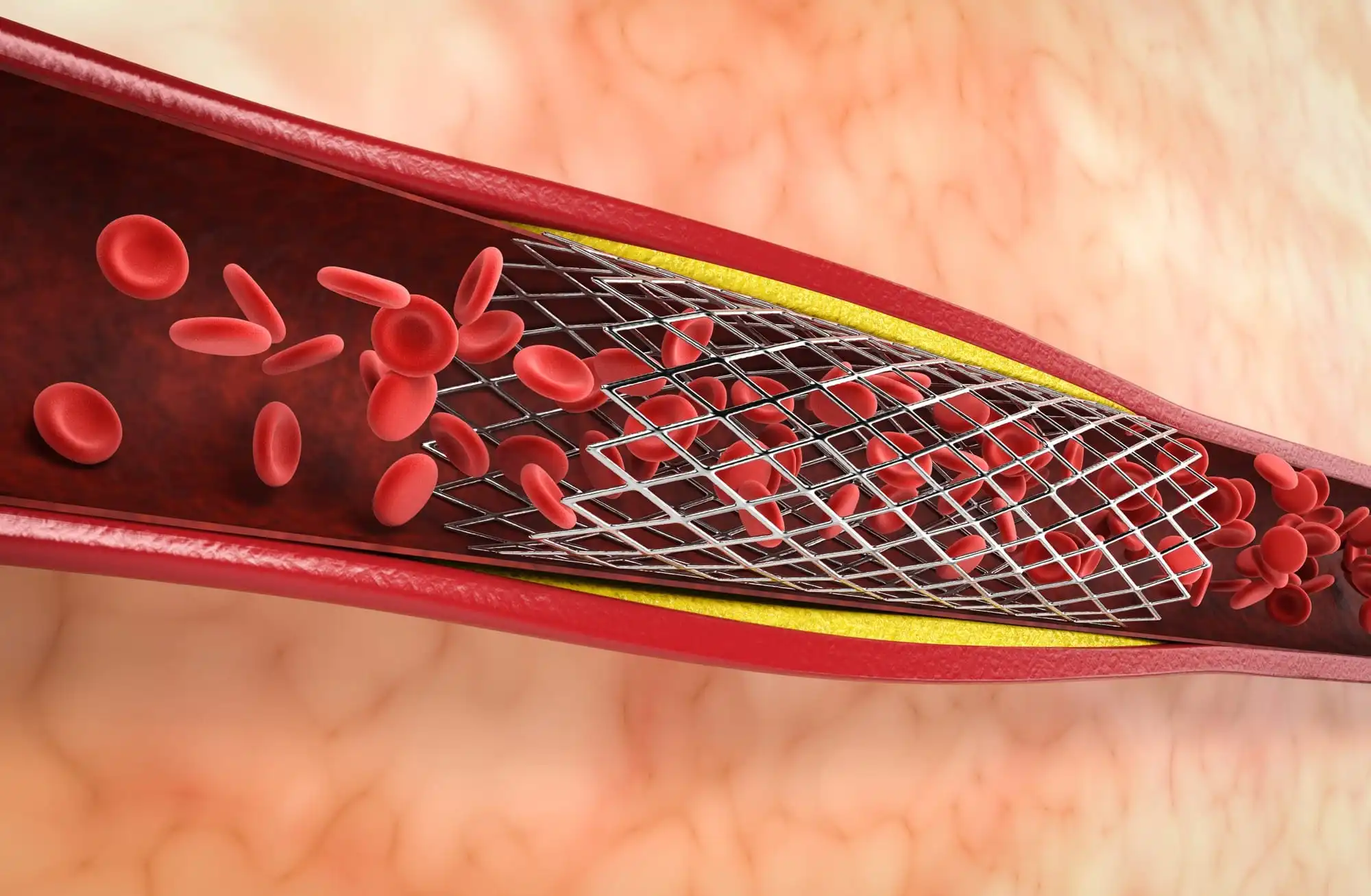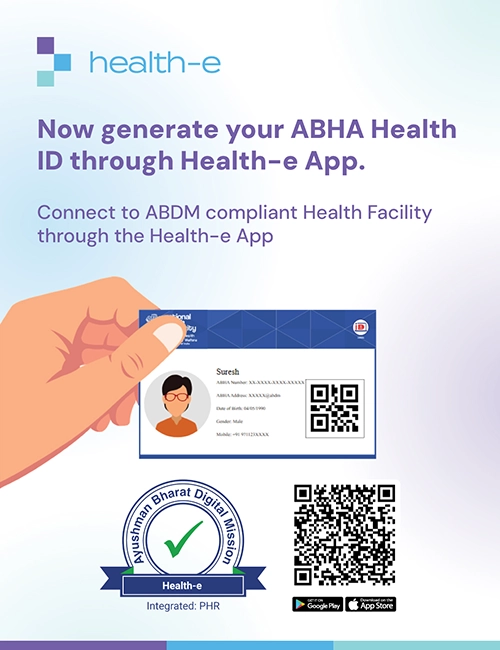The advances in digital technology have made huge strides in helping us better understand and manage chronic diseases.
In the past, treating chronic diseases was primarily done through traditional treatments such as medications and physical therapy. However, in recent years, digital therapeutics have been proven to be a powerful ally in the battle against chronic conditions. They utilise technology-driven solutions to provide personalised care for many chronic health problems.
What are Digital Therapeutics?
Digital therapeutics is a new branch of healthcare that uses digital technology to provide therapeutic interventions to treat medical conditions.
It offers personalised treatments for patients based on their individual needs and preferences, with the potential to improve patient adherence to medications, lifestyle choices, exercise routines, diet plans, and other therapies. Through this approach, they can effectively manage chronic diseases while also improving their overall quality of life.
How Technology is Changing the Landscape of Chronic Disease Management?
Technology has revolutionised the way we manage chronic conditions. With specialised software, applications, and wearables, those with chronic conditions can better understand and control their health.
Chronic disease monitoring is one of the most effective ways to improve outcomes for those living with long-term illnesses. Through tracking symptoms, medication use, and lifestyle changes, patients can gain more insight into how to manage their condition daily. Technology offers a range of tools that offer accurate data collection, which can be used to track progress over time. This data can also help medical professionals make informed decisions regarding treatment options.
Here are some technological advancements that help keep track of chronic diseases management:
- Remote Patient Monitoring Devices
- Pulse Oximeter: A pulse oximeter is a device used to measure oxygen saturation levels in the body. It is commonly used in chronic healthcare and works by placing a probe on top of a patient's finger or toe and then measuring the amount of oxygenated haemoglobin in their blood sample. Using this device helps to identify any abnormalities that may be present in your oxygen saturation levels. Healthcare providers can then use this information for diagnosis, monitoring, and treatment purposes.
- Glucometer: Glucometers are small handheld devices allowing users to take their glucose readings with minimal effort and discomfort. Through a simple prick of the finger, these devices can provide an accurate reading of one's blood sugar level within minutes. Many newer models include additional features such as Bluetooth connectivity to sync with healthcare providers' databases or mobile applications for tracking purposes.
- Bluetooth Thermometer: A Bluetooth thermometer measures temperature and transmits data to a smartphone, tablet, or computer via wireless technology. This makes it easier for people with chronic diseases to manage their health more efficiently. The data collected from the device helps providers identify patterns in their health, making treatment decisions easier and more efficient.
- Blood Pressure Cuff: A blood pressure cuff comprises a flexible band, a pump, and a gauge used to measure blood pressure. It works by wrapping snugly around the upper arm and inflating with air to temporarily block veins from transporting oxygenated blood back to the heart. It can measure systolic (the highest reading) and diastolic (the lowest reading) pressures when inflated. By monitoring these readings over time, healthcare providers can monitor changes in the patient’s health status and make necessary lifestyle or medication adjustments that improve their overall quality of life. This crucial piece of equipment helps identify potential complications early on so that appropriate action can be taken quickly for optimal chronic illness management.
- Bluetooth Scales: A Bluetooth scale is a device that can track and monitor an individual's body weight over time. The scale will collect data each time it is used, sending the information wirelessly via Bluetooth to another device, such as a smartphone or laptop, where it can be viewed on-screen and tracked over time. This makes it much easier for your healthcare provider to keep tabs on your health status.
- Telemedicine
- Practo
- Doctor On Demand
- eSanjeevaniOPD
- Self-managing Medical Apps
- Medisafe
- Bearable
- Curable
- AsthmaMD
- Migrainebuddy
- PHR Apps
Remote patient monitoring devices help with remote disease monitoring and management with smart devices that allow healthcare providers to monitor, analyse, and report your medical conditions outside a clinical setting. Here are some common remote patient monitoring devices to manage chronic diseases:
Telemedicine has revolutionised the way chronic healthcare is delivered. Patients suffering from chronic conditions can now access quality and timely treatment without leaving their homes. This has made it easier for them to receive appropriate medical care and enabled them to manage their condition better.
Telemedicine involves exchanging medical information via electronic communication systems between patients and healthcare providers. It includes using smartphones, tablets, computers, or other devices that allow for real-time video consultations with physicians and specialists. Through telemedicine, physicians can remotely diagnose illnesses, monitor patient vitals such as blood pressure and heart rate, give advice on lifestyle changes that could help manage symptoms of certain conditions, prescribe medications when needed, and provide any relevant patient education materials on how to manage a chronic condition effectively.
Some of the big players in this field in India are:
With the rise of chronic health issues, medical apps have begun to be brought into the equation to help manage such conditions. These apps can assist with tracking and managing the symptoms of various chronic diseases, helping those affected live more comfortable lives.
Medical applications are designed to assist users with monitoring activity levels and diet, creating personalised healthcare plans, scheduling appointments, providing relevant health information, and keeping track of medication intake. By taking advantage of all these features, people who suffer from chronic diseases can keep better control over their conditions without needing to rely solely on visits to the doctor's office. This helps patients stay on top of their treatments while having access to information tailored specifically for them at any time.
Some medical apps in India are:
PHR (Personal Health Record) apps store vital health information and track changes over time, ultimately providing a comprehensive picture of an individual's health. In doing so, PHR apps help to streamline communication between patients and their healthcare providers, making it easier for them to manage chronic conditions more effectively.
Using PHR apps like Health-e for chronic disease management offers numerous advantages. For one thing, having access to up-to-date records makes it easier for providers to identify any irregularities that may indicate a need for medical attention. Additionally, they allow patients to become more actively involved in their own care by allowing them to set reminders or view upcoming appointments on the app's calendar function.





